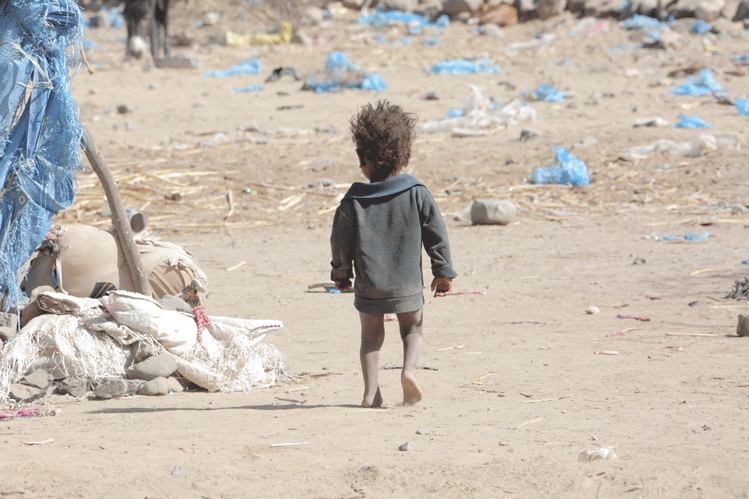Hunger in Yemen
The ‘happy Yemen’ but not its children!
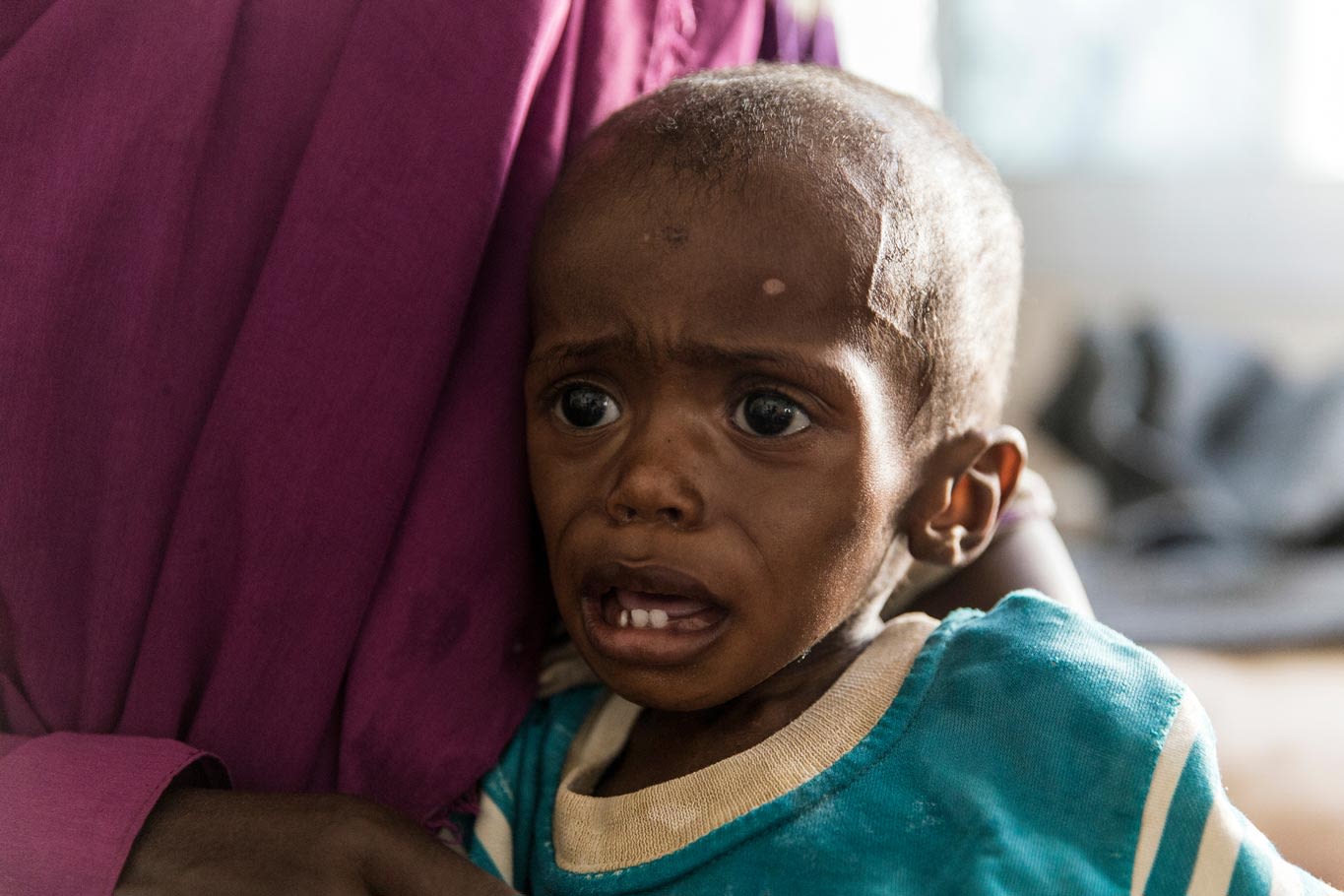
Perhaps when Danish historian Frederick Christian von Haven described Yemen as “the land of happiness on earth,” he would not expect that the then happy lands would be struck by the most appalling tragedy in the region.
Today, the children of the then happy Yemen are suffering from extreme hunger that has made their brittle, fragile bones very visible out of acute malnutrition.
One child dies every 12 minutes
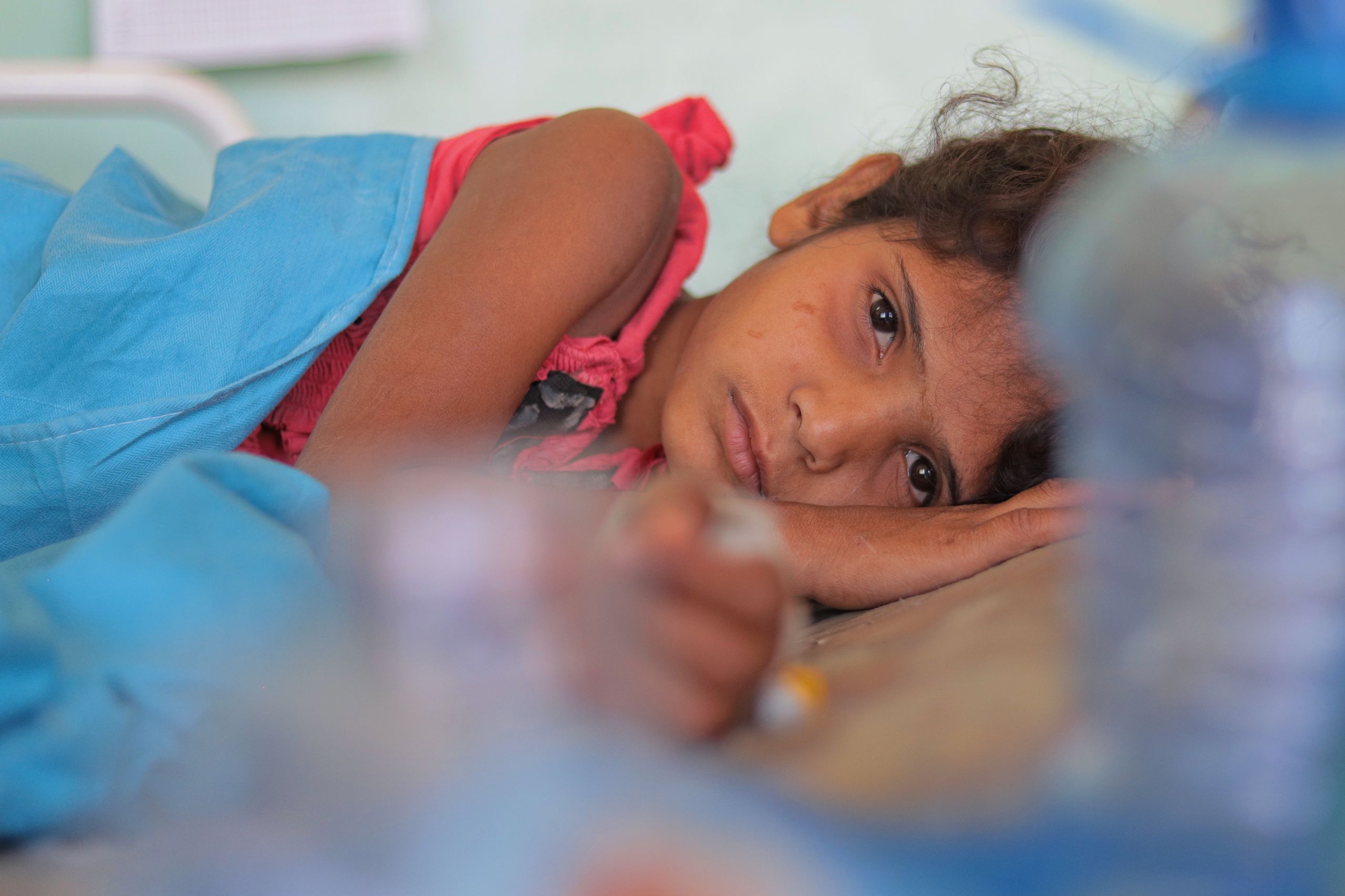
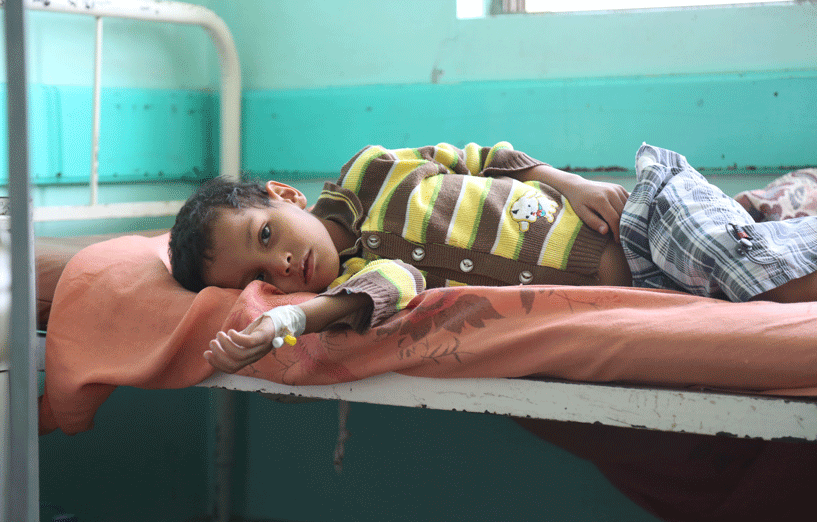
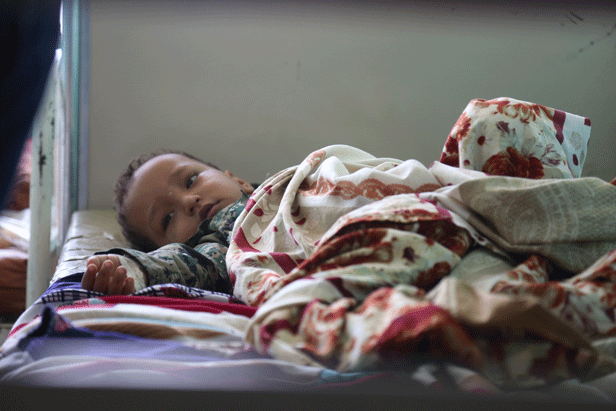
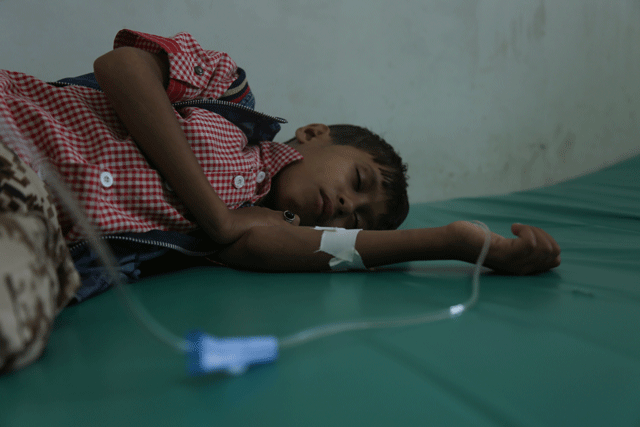
On 23 October 2019, Achim Steiner, administrator of the United Nations Development Programme (UNDP) in Yemen, said that one child under the age of five dies every 12 minutes in Yemen because of the humanitarian crisis caused by the war.
In brief, most of these children die from the lack of water, basic nutrition, healthcare and medicine due to the conflict.
Yemen has been mired in an ongoing war between the pro-government forces and the Houthi militants who have taken over some Yemeni provinces including the capital city of Sanaa since September 2014.
This war has brought Yemen the world’s worst humanitarian crisis as described by the United Nations. The conflict has driven the country to the brink of famine.
According to a UN report (covering the period from 1 April 2013 to 31 December 2018) 11,779 grave violations have been committed against children by all the conflicting parties in Yemen. Not only that, 3,034 children have been recruited in the war, often due to a lack of livelihood opportunities.
2.8 million children are in danger!
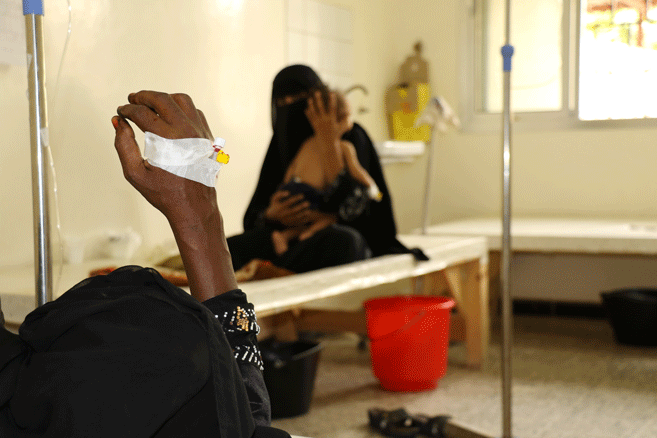
Figures and statistics on the ‘happy’ Yemen reflect a dreadful reality about the conditions of children where the nutritional situation is getting worse as acute malnutrition rates have become extremely dangerous.
WHO says that there are 462 million people worldwide underweight. Let us put these facts in the figures released by the UNICEF:
- Only 15% of children eat the minimum “acceptable” diet they need to survive and continue to grow.
- Eighty percent of Yemenis have debts and struggle to pay for food, water, transportation, and necessary healthcare services.
- From 1.8 to 2.8 million children are at risk of being pushed in acute food insecurity and many more children could fall into life-threatening severe acute malnutrition.
360,000 children suffer from severe acute malnutrition.
- Around 2 million children under five years of age are undernourished.
- High malnutrition rates are increasingly complicated by food shortages, poor household feeding practices, substandard performance in terms of the provision of healthcare, water and sanitation services, outbreak of diseases, and the deterioration of economy.
Around 2 million children under five years of age are undernourished
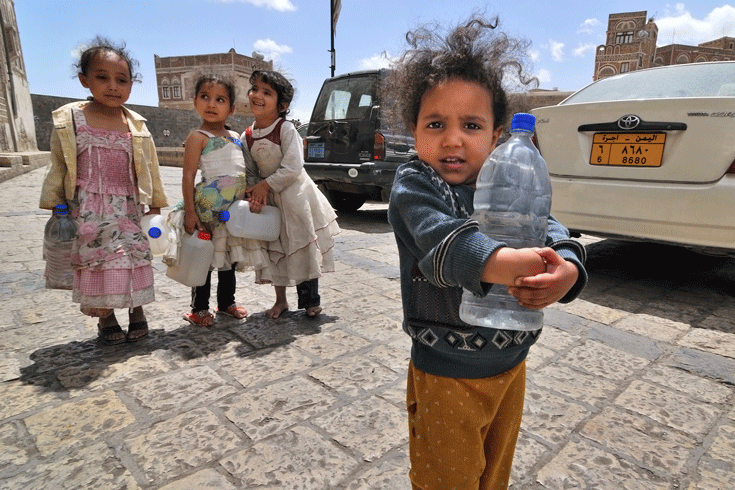
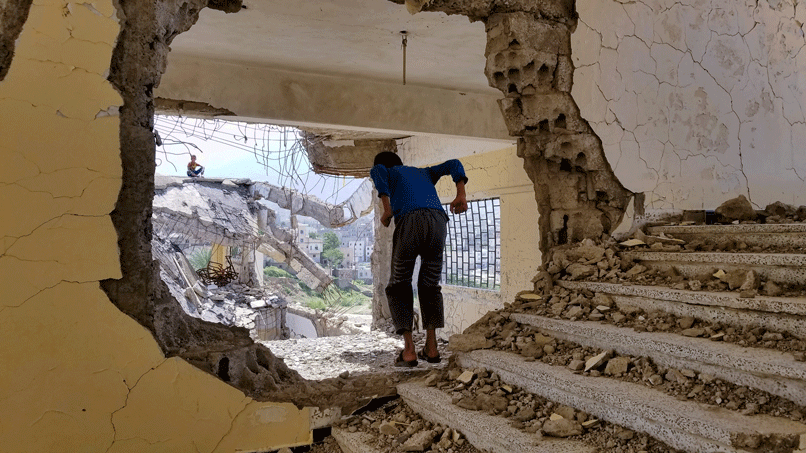
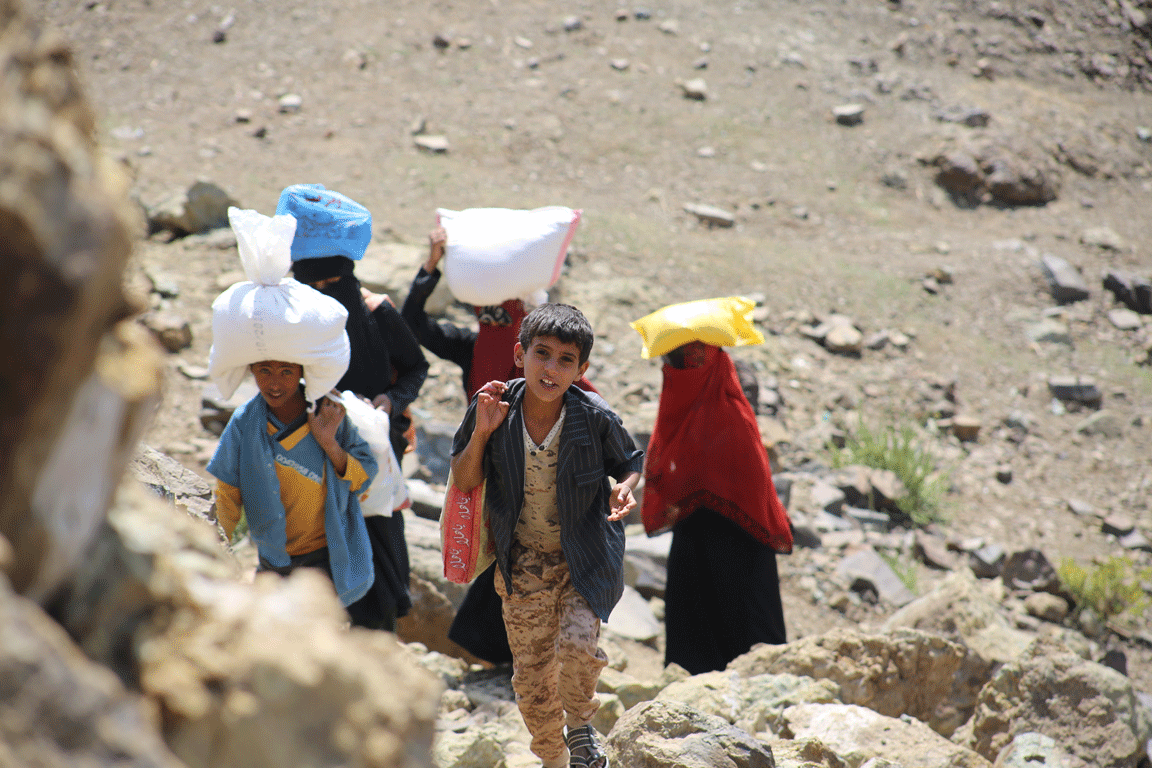
Malnutrition
What is it and how does it kill children?

There are clear symptoms of malnutrition that appear on children who suffer from this condition.
They often suffer from undernutrition, which includes wasting (low weight for height), stunting (low height for age), and underweight (low weight for age).
This often results in micronutrient deficiencies, i.e. a lack of important vitamins and minerals. Iodine, vitamin A, and iron are among the most important of these substances.
Their deficiency poses a major health risk, especially to children and pregnant women in low-income countries or those suffering upheavals such as Yemen. In consequence, this leads to shortage of food supplies.
Symptoms of malnutrition can be summarized as follows:
-Lack of appetite or interest in food or drink.
-Inability to concentrate.
- Always feeling cold.
- Loss of fat, muscle mass, and body tissue.
- Higher risk of getting sick and taking longer to heal.
- Longer healing time for wounds.
- Higher risk of complications after surgery.
Symptoms of severe malnutrition include:
-Breathing becomes difficult.
- Skin may become dry and pale.
- Fat disappears from the face.
- Hair becomes dry and sparse, falling out easily.
- There may be respiratory failure and heart failure.
High risk starts from pregnancy stage
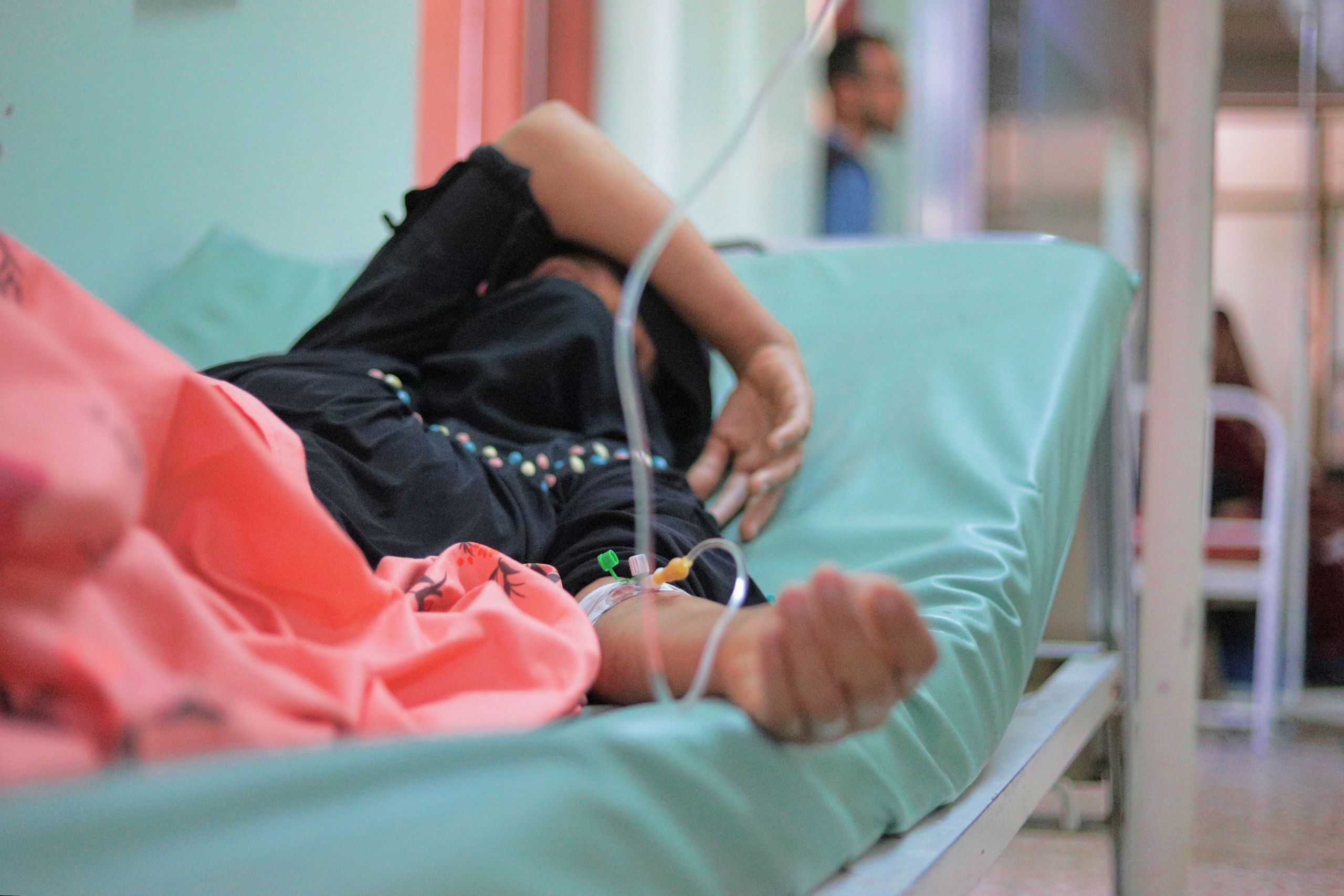
Bringing life into the world in Yemen can all too often turn into a tragedy for entire families. One out of every 260 women dies in pregnancy or childbirth.
According to UNICEF's figures, 1.1 million pregnant and breastfeeding women need treatment for severe acute malnutrition.
One woman and six newborns die every two hours
Half of all health facilities in Yemen are not functional due to staff shortages, lack of supplies, inability to meet operational costs or limited access.
Those still running face severe shortages in medicine, equipment and staff, putting lives at risk.
